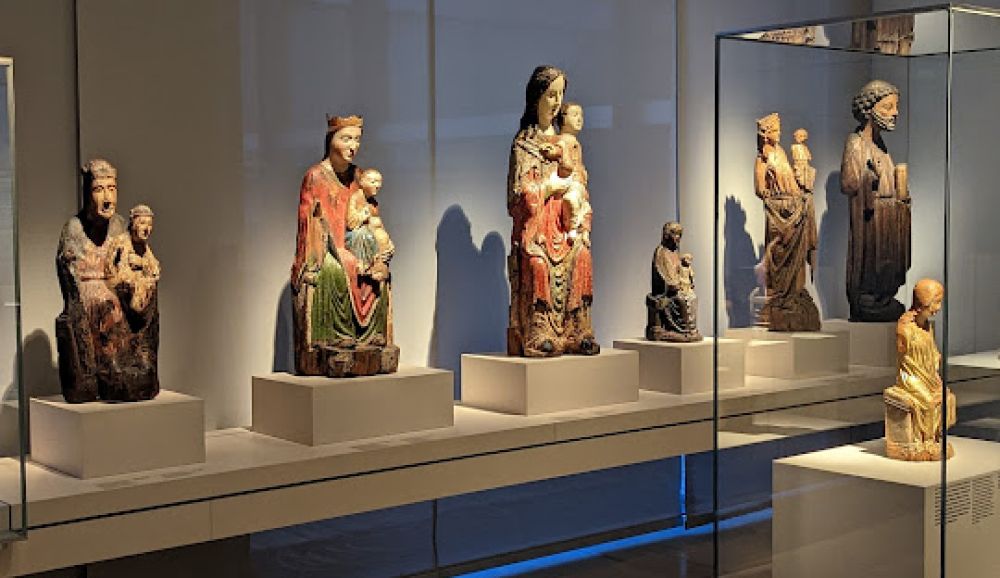

The Germanisches Nationalmuseum in Nuremberg, Germany, has long held an esteemed position in the annals of cultural tourism. Since its foundation in 1852 by Hans von und zu Aufseß with the aim of compiling a comprehensive collection of German cultural artifacts, the museum has been pivotal in shaping the historical understanding of Germanic culture.
The museum originated from the patriotic spirit of the 19th century, burgeoning as a beacon for understanding German history and culture. Its original purpose was not limited to the conservation of artifacts but extended to act as an educative institution for the public. Over the years, it has amassed more than 1.3 million items, from prehistoric times to present day, making it one of Europe's most significant research museums.
As tourism trends evolved, the Germanisches Nationalmuseum adapted, positioning itself as a cultural magnet attracting both enthusiasts of German history and the general sightseeing audience. Its extensive collections include artworks, historical documents, textiles, weaponry, and various objects that reflect daily life in the past.
The museum has seen pivotal moments that increased its tourism draw, most notably through milestone exhibitions that garnered international attention. Major restorations and expansions have also been keys to enhancing the visitor experience. The museum is a regular stop for art and history buffs following the Castle Route (Burgenstraße), which connects a series of castles and historic towns between Mannheim and Prague.
In recent years, the trend in museum tourism has heavily leaned towards integrating technology into the visitor experience. The Germanisches Nationalmuseum has embraced this shift through interactive displays and multimedia guides that provide in-depth information in various languages, thus catering to the international tourist crowd.
The online presence of the museum, with virtual tours and digitized collections, expands its reach globally, ensuring that the museum's offerings are accessible even to those who cannot visit in person.
The museum's commitment to education is also a significant draw for tourists. With a wide array of workshops, guided tours, and educational programs, the museum appeals to all age groups and educational levels.
Its events calendar, filled with temporary exhibitions, lectures, and cultural events, has become a dynamic component of Nuremberg’s tourism landscape, continually renewing the interest of repeat visitors.
With the emergence of global challenges such as climate change and the need for sustainable travel, the Germanisches Nationalmuseum has begun incorporating sustainable practices into its operations. Energy-efficient lighting, eco-friendly materials in the museum shop, and conservation initiatives align with a green tourism ethos.
The museum plays an active role in Nuremberg's aim to be a sustainable tourism destination, understanding that the preservation of culture goes hand-in-hand with the preservation of the environment.
The Germanisches Nationalmuseum remains an indispensable chapter in the tapestry of Nuremberg's tourism history. Combining its illustrious past with innovative approaches to engaging with modern audiences, the museum continues to affirm its status as a preeminent cultural institution in Germany and a must-visit destination for travelers from around the world.